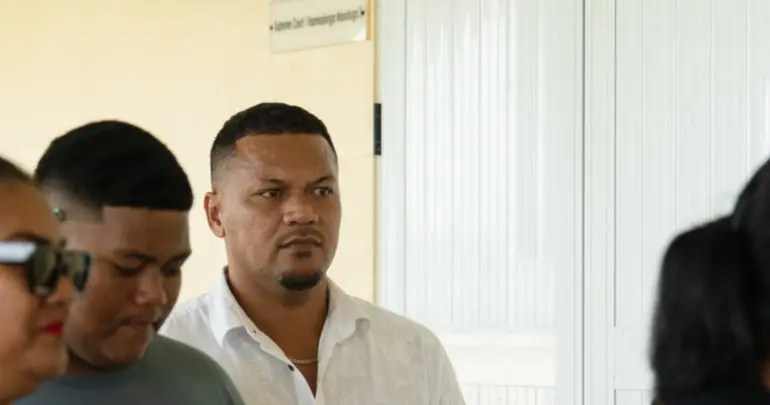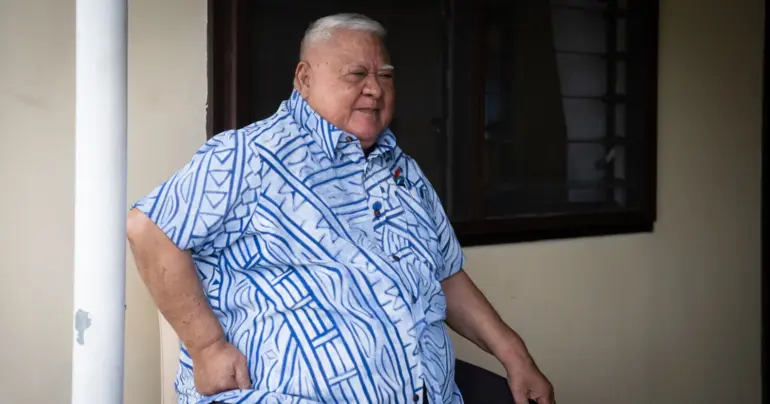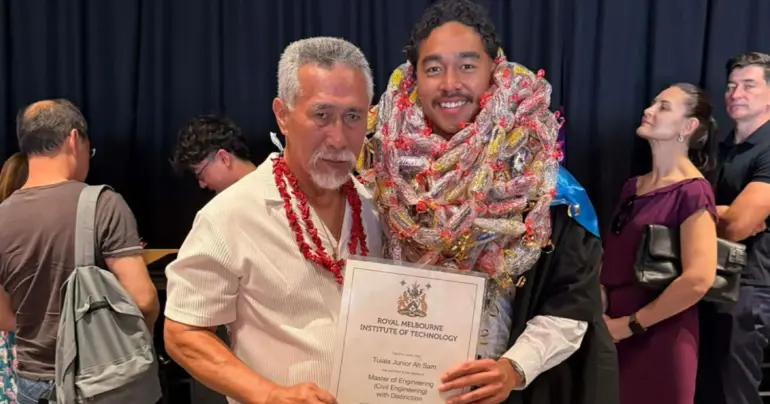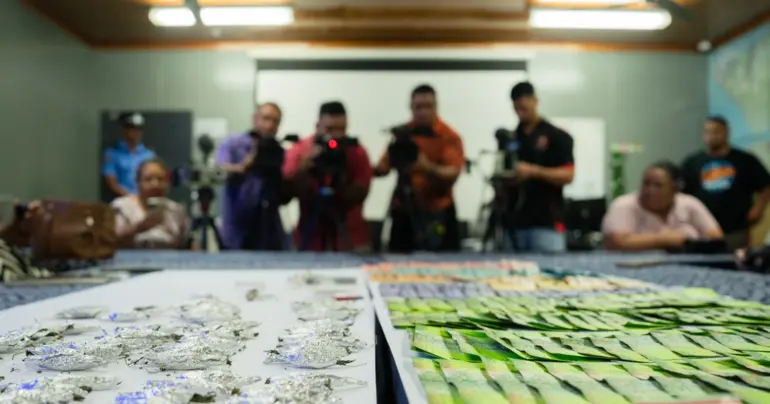Samoa struggling with "poor" education outcomes
 By Soli Wilson
•
07 May 2021, 3:00AM
By Soli Wilson
•
07 May 2021, 3:00AM
A recent report says Samoa is struggling with the "poor" quality of education outcomes at all levels, calling for “urgent” research into the causes of such failings.
The “Samoa's Second Voluntary National Review (V.N.R.) on the implementation of the Sustainable Development Goals,” states that Samoa is facing sharp declines in literacy for Samoan, English and Numeracy across all levels despite increased access to education.
Similarly, the report highlighted the decreased attendance of males in schools and the low achievement scores for Science, Technology, Engineering and Mathematics (S.T.E.M.) subjects in Years 12 and 13.
The report also notes a widening gap between the higher educational achievements of females over males across all levels.
Released in 2020, other statements in the V.N.R. read: “The Samoa Primary Education Literacy Level Test (S.P.E.L.L.) shows that females are outperforming males in all areas and the gender gap has now become significant.
“There has been a decrease in achievement in English proficiency at years 4 and 6 and that not only are both males and females in years 4 and 6 groups not meeting the minimum standards for level 3 numeracy but the achievement level has dropped sharply for both genders.
“The numeracy level for females at year 6 is low but stable and decreased for males with only 4 out of 10 male students showing proficiency in numeracy compared to 6 out of 10 for females.”
Issued by Samoa Bureau of Statistics, the report concluded that at all levels females are more proficient than males in numeracy (59 per cent to 39 per cent) with similar results in English and Samoan.
Some 82 per cent of males have been assessed at the beginning, critical or basic levels in English, compared to 64 per cent of females.
“National year 12 examinations in [the 2016-2017 Financial year] in the sciences subjects reveal sharp declines in performance levels with low pass rates at 7 per cent for Mathematics, 19 per cent for Biology, 19 per cent for Chemistry and 57 per cent for Physics,” the report continues.
“Results for English and Samoan for Year 12 and 13 examinations show slight improvement between 2016/2017 and 2017/2018 results.
“For English, Year 12 increased from 35 per cent in 2016 to 40.5 per cent in 2018 and Year 13 improved from 45.5 per cent in 2016 to 51 per cent in 2018. For Samoan, Year 12 improved from 62 per cent to 67 per cent and Year 13 declined slightly from 78.5 per cent to 77 per cent.
“Research into the underlying causes of these trends is urgently needed.”
According to the report, there are 2,855 teachers in Early Childhood Education (E.C.E.), Primary and Secondary levels against 64,114 students in 2019.
“This gives an overall teacher to student ratio of 1 to 15 for ECE, 1 to 30 in primary and 1 to 20 in secondary level.
“To improve the quality of primary and secondary school education outcomes, a key strategy is to improve the quality of teachers’ qualifications guided by the National Professional Development Policy and Government Teacher Appraisal Policy and Sponsorship Policy.
“An in-service training programme offers opportunity for ongoing annual tertiary training including that for a Bachelor of Education degree.
“The number of primary and secondary school teachers with Bachelor of Education degrees increased from 120 to 217 and 89 to 141 between 2017 and 2018.”
Primary school education is 100 percent freely accessible whilst secondary school can be accessed fee-free up to Year 11.
Eight out of ten children complete primary school and the rate has remained consistent, while a high dropout rate for Year 11 to Year 13.
“The challenge is to keep the students in school with declining primary school completion rates and secondary schools transition rates,” the report notes.
“The secondary school completion rate declined between 2016 and 2018 for both years 12 (from 62.65 per cent to 54.1 per cent) and 13 (from 71.4 per cent to 35.95 per cent) for both males and females.
“The low completion rate for Year 13, a decline from 44.4 per cent in 2016 to 35.95 per cent in 2018 is concerning.”
Meanwhile, the report found access to Early Childhood Education (E.C.E.) is low despite the Education Amendment Act 2019 requiring all students aged four and older must attend an E.C.E. Centre.
This may be a result of low prioritisation, limited access, and costs according to the Samoa Early Human Capability Index report (S.E.H.C.I.).
The same report also notes significantly better literacy and numeracy results for children that attended E.C.E. compared to children that did not attend (0.61 versus 0.21).
“Overall, children in Samoa appear to be developing well in terms of their physical development, verbal communication, and approaches to learning.
“In contrast, they are not doing as well in reading, writing skills perseverance and cultural [and] spiritual knowledge.”
Tags
 By Soli Wilson
•
07 May 2021, 3:00AM
By Soli Wilson
•
07 May 2021, 3:00AM











